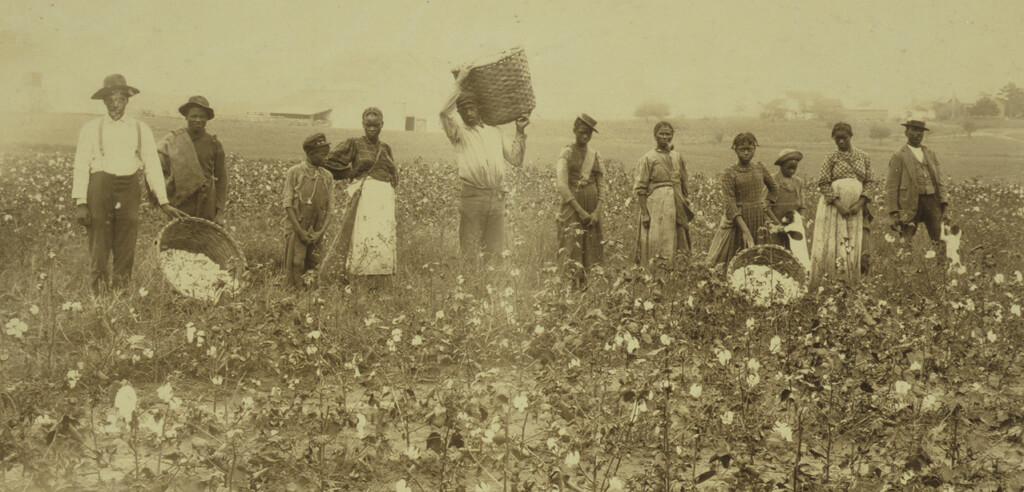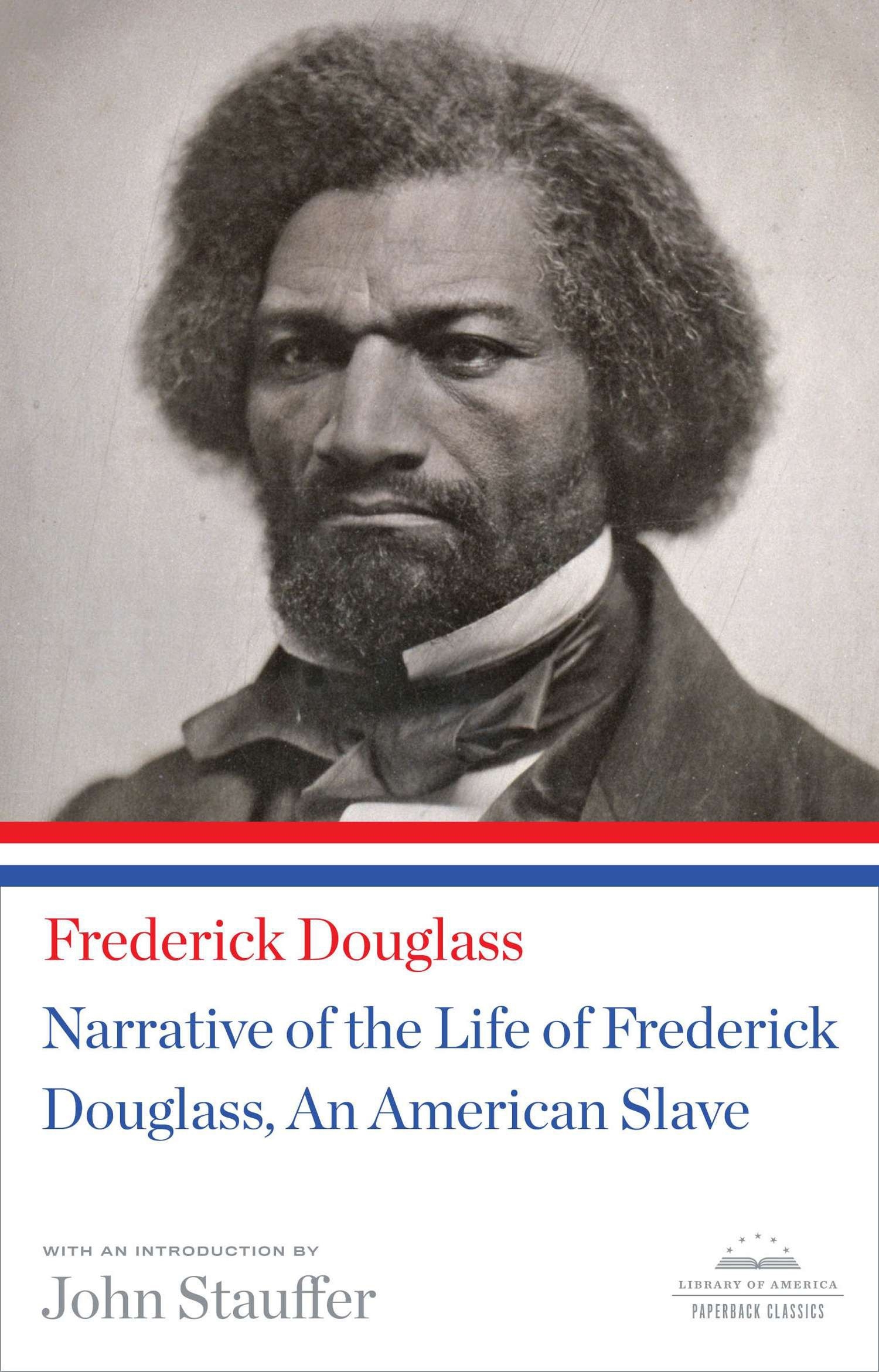

The Portraitįrederick Douglass’s ‘Narrative’ includes an author portrait printed as the frontispiece opposite the title page.ĭouglass despised the portrait included as a frontispiece to his 'Narrative' and executed by a white artist. For Douglass, his 'Narrative' was in no way definitive regarding his credentials as an author and activist. His vast bodies of literary, philosophical, and political works not only include multiple autobiographies and written accounts of his speeches but also a novella, poetry, historical and philosophical essays, political tracts, travel diaries, and private and public correspondence.

To the day he died, Douglass’s realisation regarding his lifelong failure to do justice to those who lived and died in slavery, many of them his family members and friends, in print, song, oratory or political activism, was a source of devastating emotional pain that afflicted his entire life.Ī prolific and inspirational writer no less than a trailblazing reformer, Douglass held steadfast to his rights as an author, orator, and philosopher. At our peril do we focus on Douglass’s ‘story of the slave’ to the exclusion of all others. It is only when we remember that these are the testimonies of those who escaped that we can begin to come to grips with the traumatising reality that the vast majority of the millions of women, children, and men who were bought and sold lived and died in slavery.Īs Douglass himself was painfully aware, nothing is to be gained and everything is to be lost by reading him as the only representative enslaved liberator and his 'Narrative' as the representative autobiography. The autobiographies written by Douglass, and the many other formerly enslaved individuals that have been handed down to us, are the stories of the survivors who made it to freedom.

Among Douglass’s contemporaries, countless self-emancipated authors turned activists were equally responsible for publishing autobiographies of equally extraordinary political, social, historical, and artistic power. That said, the only way in which to do justice to Douglass’s lifelong re-creation of his public and private senses of selfhood is to read his ‘Narrative’ not as a definitive or representative work but as one among many works authored by hundreds of formerly enslaved and self-emancipated writers living across the Atlantic world, many of whom came to Scotland on antislavery speaking tours. This inspirational work is widely renowned and critically acclaimed as the canonical autobiographical work within 19th century African American and US literary histories. Originally published in 1845 in Boston and going through multiple revised editions in 18 in Ireland and Britain, ‘Narrative of the Life of Frederick Douglass, an American Slave’, is the first autobiography of Frederick Douglass.


 0 kommentar(er)
0 kommentar(er)
